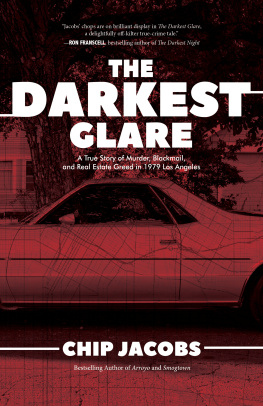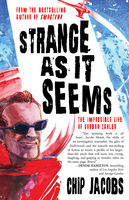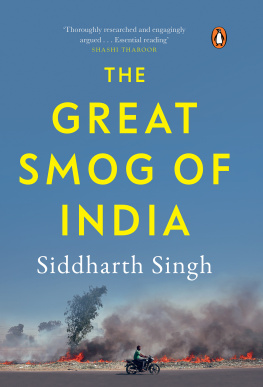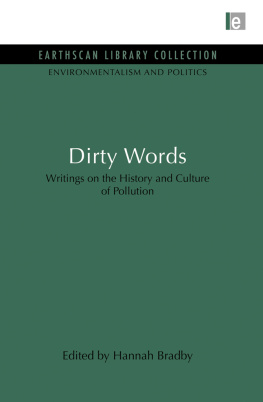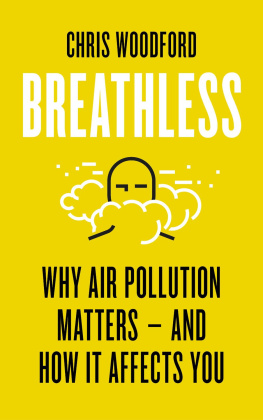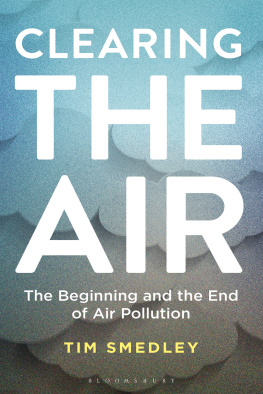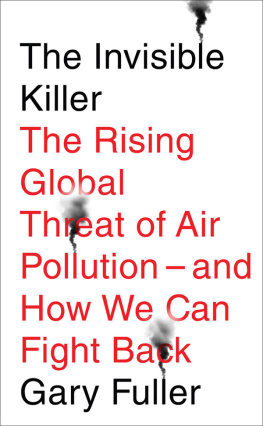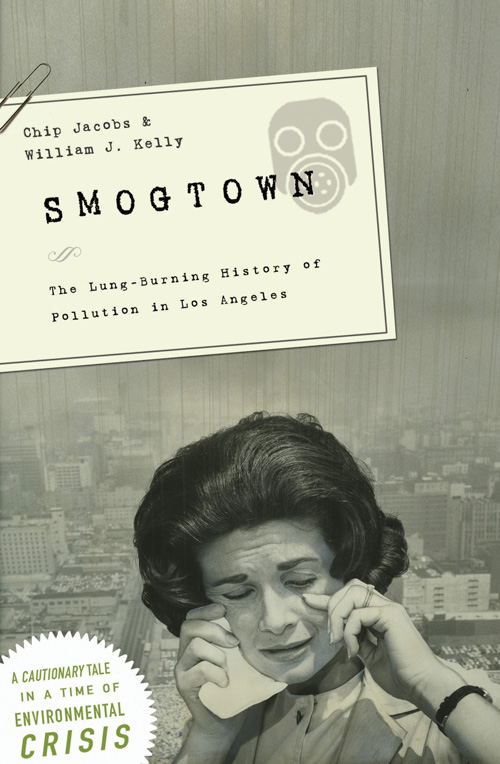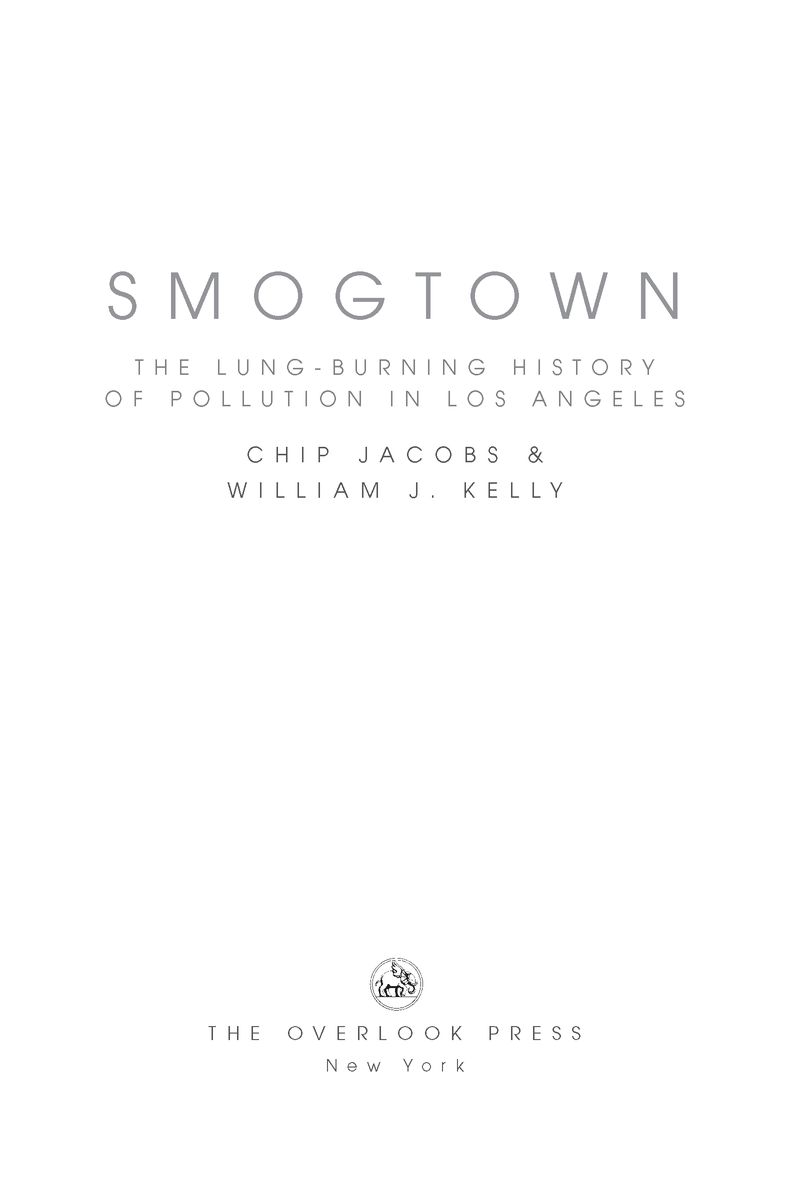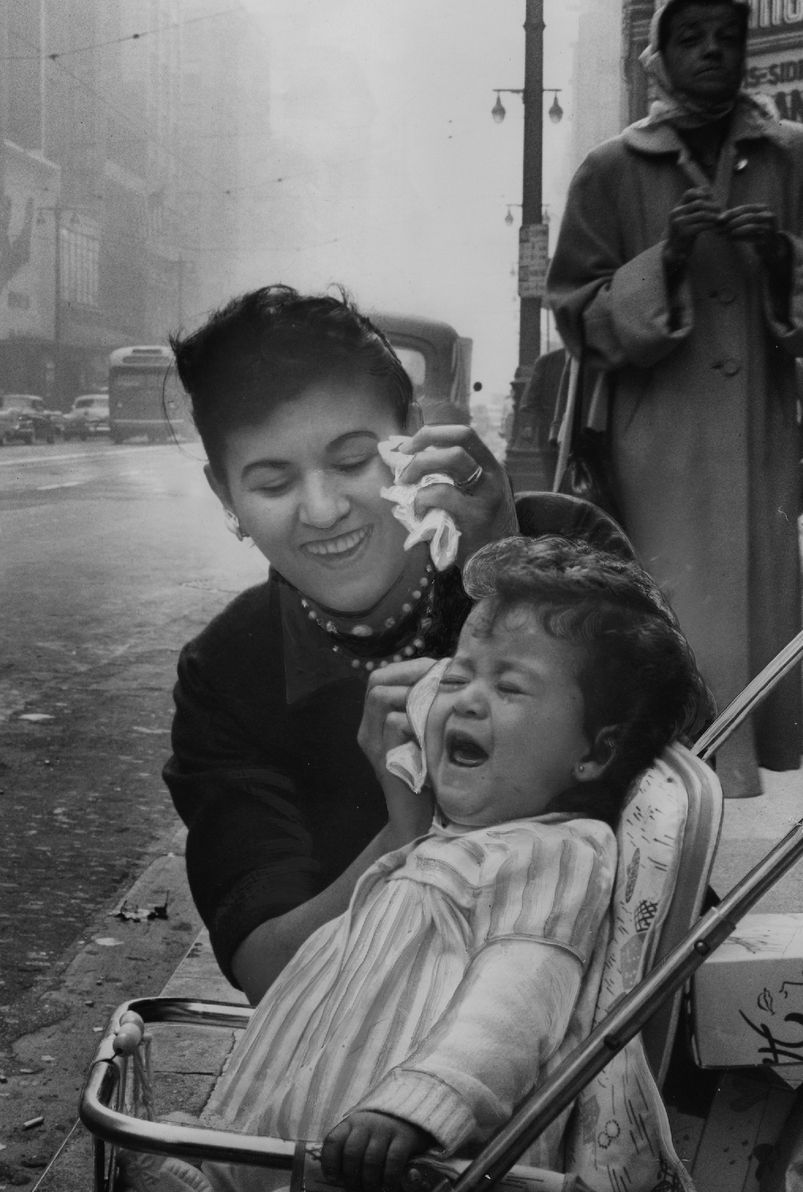Table of Contents
ACKNOWLEDGMENTS
BEFORE WE OPEN THE DOORS TO SMOGTOWN, WE WANT TO THANK THE MANY people who gave us a tour, or at least pointed us in the right direction. Special credit goes to South Coast Air Quality Management District (AQMD) librarian Hiawatha Norris and her assistant Lora Trapp for retrieving files and tracking down obscure materials, and to district spokesman Sam Atwood for answering our inquiries. We also owe a major debt of gratitude to Gladys Meade, a legendary California clean-air advocate who granted us interviews while recovering from a serious illness. Jim Birakos, the districts former communications chief and deputy executive officer, has our hearty appreciation, for knocking the dust off his files and memories from that brown-air period. Others deserving our appreciation include former and current California Air Resources Board chairs Mary Nichols, Tom Quinn, and John Dunlap, in addition to Bill Sessa, the boards ex-longtime spokesman. Former AQMD executive officer James Lents gave us tremendous insight, as did Ed Camarena, the districts onetime-enforcement boss. To all those other officials not listed here, please know your contributions show up in these pages and in our thoughts.
Were equally appreciative of the archivists at our local institutions, particularly Shelley Erwin at the California Institute of Technology Archives, Simon Elliott at the University of California at Los Angeles Department of Special Collections, and Bruce Carouchet at Los Angeles County. The folks at the California State Archives and the University of Southern California Regional History Collection came through for us, as well, organizing dozens of boxes of documents for review. So did the capable people at the California State Library, the ARB Library, The Ronald Reagan Library, and the Los Angeles and Pasadena public libraries.
Finally, we would like to thank The Overlook Press, particularly editor David Shoemaker, and our agent Mitchell Hamilburg for believing in this story in a time of green rethinking.
Chip Jacobs & William Kelly,
December 2007
PREFACE
WHATEVER SCIENCE TELLS US ABOUT SENSE-OF-SMELL HARBORING OUR most enduring memories, any longtime Southern Californian knows that barraged lungs have a recall all their own. We were both youths here in the 1960s and 1970s, and our bronchial tracts remember the clotted skies that draped our hometowns in a mist of hydrocarbons, soot, lead, acidic gases, and particles that made entire mountain ranges disappear. They cant forget the stabbing ache during sandlot baseball games, where you sometimes ran the bases feeling dizzy, or going to grab the morning paper and inhaling gasoline vapors. All our moms could do as we straggled in from the outdoors was to dispense aspirin, maybe a damp washcloth, and tell us to rest; the forecast called for letup in a week. Luckily, we didnt know any better, so when the patio furniture faded and the flowers browned, when asthma, bronchitis, even cancer, unexpectedly decked our loved ones and acquaintances, we figured all big American cities lived saddled like this. We didnt know then that the government that had vowed to give Los Angeles back its famous sun had practically self-immolated in its failure to deliver. In our boyhood reveries, we only knew that when temperatures rose and the landscape receded, you were supposed to breathe warily until you got indoors.
With those memories in our respiratory DNA, we bring to you L.A.s greatest crisis as survivors of it. Our parents friends stored gas masks. Our P.E. classes were canceled on account of hovering hydrocarbons. To us, Orange County got its name from the color of its atmosphere, not its indigenous fruit. Moreover, though, we now recognize smogs capacity to pounce again, no matter the massive gains that put light blue back in the horizon. Civilizations always seem to create ashes faster than anybody can sweep them up.
For reasons youll discover, air pollution was a devil at once ironic and insidious. Over the decades, it became an almost natural state requiring unnatural vigilance. Hundreds of thousands of people died from it, mostly from slow acting diseases, in a toll dwarfing local losses to war, traffic accidents, and gang bloodshed. Versatile in its mischief, it also provoked murders, suicides, mental disorders, faithlessness, and a reactionary itch for blame. It unleashed corporate skullduggery and tainted science, idling movie productions and beloved pets along the way. Presidential candidates hacked in it, hikers cursed it, comedians made jokes about it, and airline pilots disparaged it for obscuring UFO sightings (really). How far did it penetrate our world? Check out the statistics showing the Dodgers were more likely to win when the air hurt. Type in the four-letter word smog into the Los Angeles Times database, and youll get back more than 75,000 hits covering the years 1940-1970. When rock singer Commander Cody sang, Im lost in the ozone again, we understood. It was our ozone, too.
Your authors met in the early 1990s, when Chip was a cub reporter, William the spokesperson for the beleaguered-yet-revered regional agency charged with reversing this destruction. It was a period when the air had grown alarmingly toxic again after years of steady improvement, as Los Angeles and Houston were battling not to be crowned the planets air-pollution capital. Frustrated regulators here ordered mandatory carpooling, smokeless barbecue briquettes, oil-free paints, and other crackdowns, while business asked, Why blame us? and environmentalists hollered, What about the poor? In many respects, it was dj vu from our boyhoods. Tens years later, scarred by the fact the murky air remains, we decided to pen the L.A. smog phenomenon.
Be forewarned, though, this is not your fathers environmental tome. Down at the library youll find a mound of books exploring smog policy, smog chemistry, smog law, and enough automotive engineering to bore Mr. Goodwrench. Neither is this a campy, low-brow take on the subject. (Theres eBay for that, or 1971s Godzilla Vs. The Smog Monster.) What youll find here, instead, is a broader social history with splashes of science, regulation, and culture mixed in. As denizens and writers, we focused on the human element in all its wheezy urgency. Along the way, we hope we extracted some lessons for a world looking to green over its damage.
You might be surprised about what we can learn from a pair of L.A. lungs.
CHIP JACOBS & WILLIAM KELLY
Pasadena area, California
December 2007
STATE OF SIEGE
THE BEAST YOU COULDNT STAB FANNED ITS POISON ACROSS THE waking downtown. Cunning and silent, its gray mist engulfed buildings and streetcars, obscuring the sun and killing all sense of direction as it assaulted Los Angeles citizenry with a face-stinging burn. Though nobody realized it then, the mystery cloudbank would rattle the planetmaking green a cause, not just a colorbut first there was the suffering, a city full of it. Inhaling the viscous stuff socked folks with instant allergies whether they had them before or not, eyes welled, throats rasped, hands grasped for hankies and for answers. On July 8, 1943, crowds from Grand Avenue to Union Station muttered surprise at the abruptness of the confounding haze, later mouthing anger at whoever was responsible. The pall, which seemed to have lunged from everywhere and nowhere at once, was a real day-wrecker. After a few hours, what had been a steamy West Coast morning in the town that had shredded notions that one place couldnt have it all felt more like a party crashed by industrial fire.


